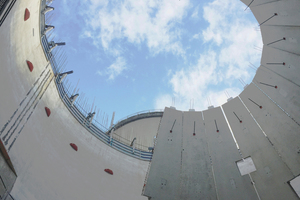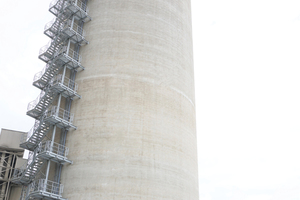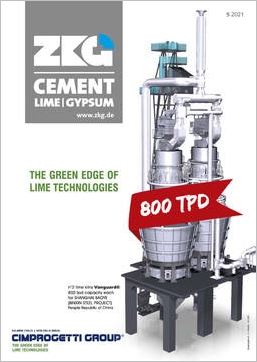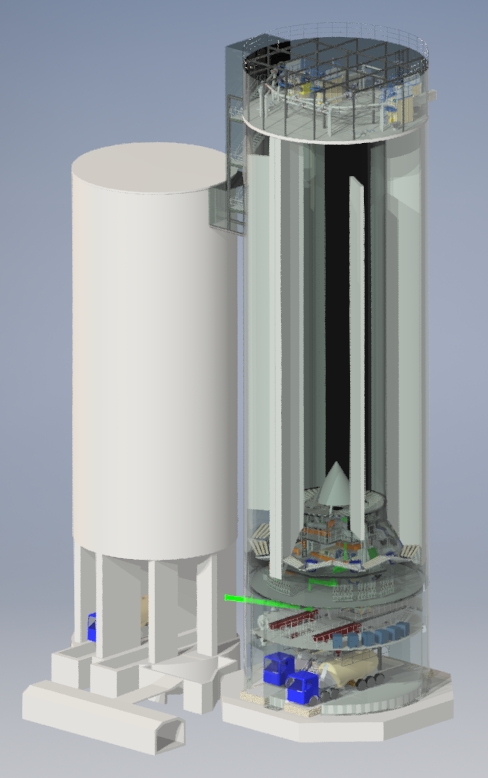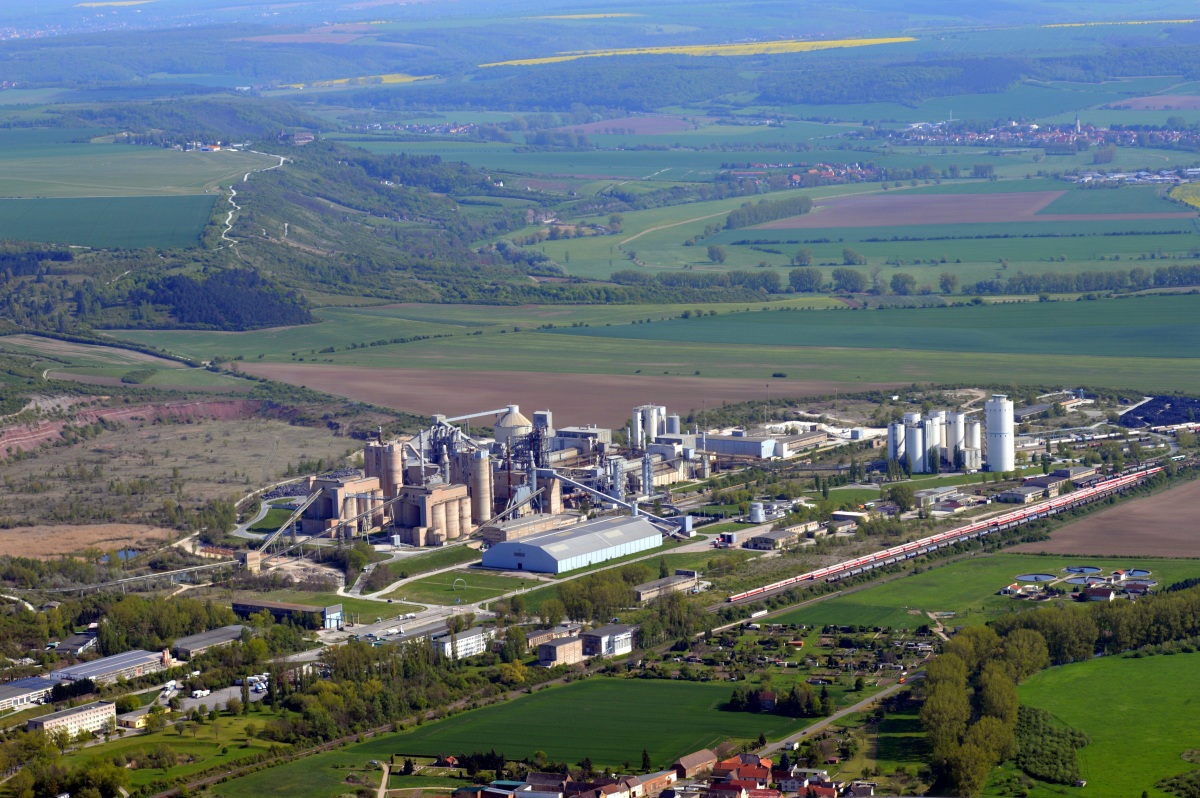thomas zement invests in increased flexibility and efficiency of cement dispatch
thomas Zement, a division belonging to the thomas group with locations in Dornburg and Erwitte, is investing again at the Erwitte location as part of its modernization plan.
In order to enable faster loading and at the same time greater delivery reliability for cement and building materials customers, thomas zement has invested in a high-performance multi-chamber silo and erected it in record time.
Soil excavation began just five months after the contract was signed, and after eight months the first sliding section was completed. Eleven months after the contract came into force, the second sliding section was also completed. Commissioning took place 16 months after signature.
In order to meet the high-quality requirements during construction, building materials from the thomas group were of course used. In addition to cement, the precast concrete parts for the cake sections of the silo cone and slab also came from the company’s own production.
When designing the silo, the focus was on maximum flexibility, i.e. shortest possible loading and waiting times for the customers. Accordingly, the silo is equipped with three loading lanes, each with a truck scale, and with six chambers. From each chamber, all three lanes can be served simultaneously with one type of cement or with different types of cement. Loading times have been considerably shortened and downtimes on the plant site reduced.
The cement storage capacity of the plant has been increased enormously by the multi-chamber silo. For customers, this brings further advantages; in addition to the variety of types that can be stored, it is also possible to respond more flexibly to individual customer requests.
Further measures, in particular access to the plant premises in the future preferably via an access code (QR code), will enable reduced waiting times, simplified processing and optimization of traffic logistics.
This investment also has a positive impact on the environment: the conversion measures not only reduce the pollutant emissions of the trucks, but also lower fuel consumption. Furthermore, noise pollution and dust emissions are minimized.

